“Acta Caeli et Astronautica”
Author guide:
“Acta Caeli et Astronautica” (ACeA) is a bi-annual international journal that covers air and aviation issues, drones, space issues, space security, and astropolitics. It offers in-depth analyses of aviation and space activities from legal, economic, political, and social science perspectives.
This journal features a double-blind peer review and publishes full-length articles, opinion pieces, case studies, and short communications. Its goal is to create a platform for authors worldwide to share and exchange ideas.
Contact detail: [editor@caspindonesia.com]
Article Structure:
Your article should be compiled in the following order:
- Title
- Abstract
- Keywords
- Main text (introduction, methods and materials if any, discussions, results, conclusion, acknowledgements, declaration of interest, author[s] contribution to the paper, and the main text should be divided into clearly defined and use numbers for each chapter/section, e.g. 1 (1.1…1.1.1…), so on and so forth.
- If the authors [s] use many abbreviations, please type in on a separate page/on an individual page to give a clear understanding.
Submission Guidelines:
- The abstract should be concise and not be more than 200 words long.
- Please provide 3-5 keywords to boost the search engine optimisation of your article.
- A brief biographical note[s] containing affiliation and the author’s email [s].
- For a full-length article, the word count should not exceed 6000 words (generally the range between 4500-6000 words); for opinion pieces, 2500-3000 words; and for short communication, between 1000-2000 words, including citations and bibliographies.
- The article should be written in English (please use British spelling). If the author[s] submit using Bahasa Indonesia, please provide the article’s title and abstract in Bahasa Indonesia and English.
- For the English version of the manuscript: if you are a non-native English speaker, we highly suggest proofreading your manuscript appropriately before submission
- For Bahasa Indonesia version of the manuscript: Untuk manuskrip yang diserahkan dalam bahasa Indonesia, mohon periksa kembali setiap ejaan yang terdapat pada manuskrip anda agar terhindar dari salah pengetikan yang dapat merubah makna dari manuskrip anda.
- Please use a numbered citation style, and we highly encourage the author[s] to use citation processing tools e.g. EndNote 2.0, Zotero, and Mendeley.
- Please verify all citations that appear in the manuscript before you submit it.
- Tables should be self-explanatory, and their content should not be repeated in the text.
- If the author[s] use figures, please use high definition or at least 600 dpi.
- Please submit only the final and clean version of the manuscript. Any comments or track changes within the manuscript will be returned to the author[s].
- Submit only the electronic version, in Word format, via email.
Contributor Role Taxonomy (CRediT):
Please identify the author[s] contributions in a separate page, please refer to the CrediT for example : first author: Conceptualisation, Data curation, formal analysis, and verification. Second author: Project administration, formal analysis, writing the original draft. Third author (if any)
Conceptualisation – Ideas; formulation or evolution of overarching research goals and aims.
Data curation – Management activities to annotate (produce metadata), scrub data, and maintain research data (including software code, where it is necessary for interpreting the data itself) for initial use and later re-use.
Formal analysis – Application of statistical, mathematical, computational, or other formal techniques to analyse or synthesise study data.
Funding acquisition – Acquisition of the financial support for the project leading to this publication.
Investigation – Conducting a research and investigation process, specifically performing the experiments, or data/evidence collection.
Methodology – Development or design of methodology; creation of models.
Project administration – Management and coordination of responsibility for the research activity planning and execution.
Resources – Provision of study materials, reagents, materials, patients, laboratory samples, animals, instrumentation, computing resources, or other analysis tools.
Software – Programming, software development; designing computer programs; implementation of the computer code and supporting algorithms; testing of existing code components.
Supervision – Oversight and leadership responsibility for the research activity planning and execution, including mentorship external to the core team.
Validation – Verification, whether as a part of the activity or separate, of the overall replication/reproducibility of results/experiments and other research outputs.
Visualisation – Preparation, creation and/or presentation of the published work, specifically visualisation/data presentation.
Writing – original draft – Preparation, creation and/or presentation of the published work, specifically writing the initial draft (including substantive translation).
Writing – review & editing – Preparation, creation and/or presentation of the published work by those from the original research group, specifically critical review, commentary or revision – including pre- or post-publication stages.
Review Process:
- The Board of Editors will decide which manuscripts the authors submit will undergo peer review or be desk rejected due to the journal’s scope/or due to poor quality.
- If the preliminary evaluation of the manuscript is successful by the editor, the editor will send the manuscript out for peer review. The editor should submit at least two different expert reviewers.
- The peer-review process is double-blind, with two reviewers who are experts in the manuscript’s substance.
- The review process should be completed within two months (maximum) since the Board of Editors sends the manuscript to the peer reviewers.
- The editor’s board members are responsible for deciding which of the articles submitted to the journal should be published. The validation of the work in question and its importance to researchers and readers must always drive such decisions. The editors may be guided by the policies of the journal’s editorial board and constrained by such legal requirements as shall then be in force regarding libel, copyright infringement and plagiarism. The editors may confer with other editors or reviewers in making this decision
- An editor at any time evaluates manuscripts for their intellectual content without regard to race, gender, sexual orientation, religious belief, ethnic origin, citizenship, or political philosophy of the authors.
There are four categories of review outcomes:
- Accepted as it is (without any further amendment to the text).
- Accepted with minor revisions–the manuscript is accepted for publication, however, the author[s] need to make some amendments to their manuscript based on the reviewer’s comments.
- Accepted with major revisions–the manuscript is neither accepted nor rejected, however, the author[s] need to make significant amendments to their manuscript based on the reviewer’s comments.
- Rejected–the author[s] manuscript is no longer suitable for publication at the ACeA.
Copyright:
- We do not tolerate copyright infringement/ plagiarism; the author[s] caught doing plagiarism will be banned from the journal.
- The author[s] will receive a PDF version of their published manuscript.
